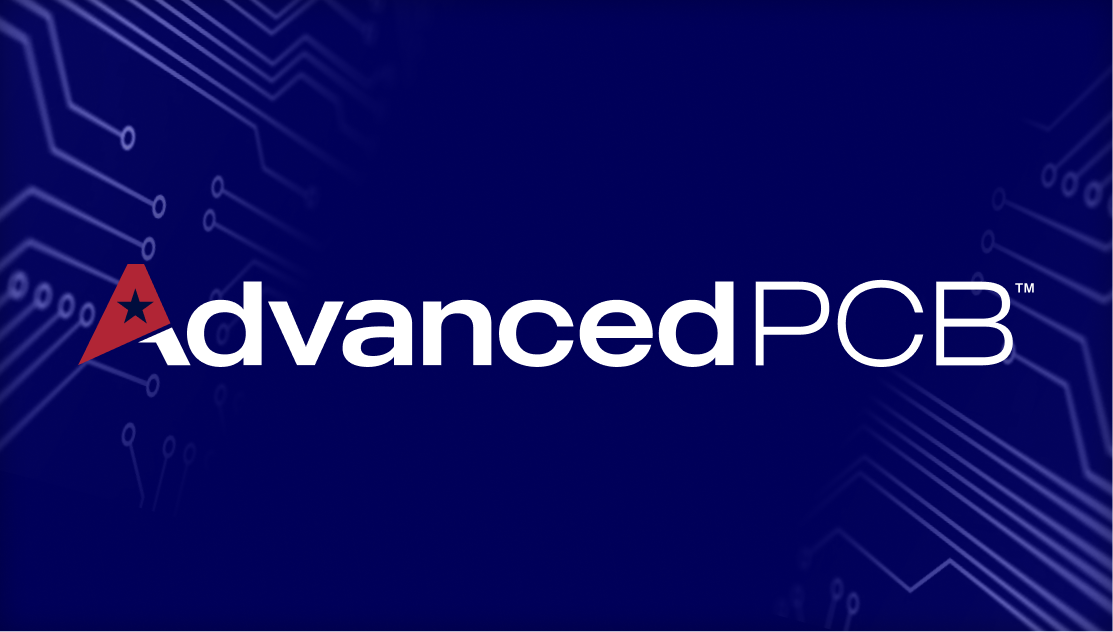Future trends of the circuit board

As consumer demands for faster, smaller and more efficient devices intensify, so do printed circuit board requirements. PCBs are the backbone of all electronic devices. They affect their size, speed and functionality.
In that sense, the continuous need for technological advancements and implementation will inevitably call for the advancement of PCBs. In this post, we’ll cover three of the most likely future trends of the circuit board.
What does the future hold for the circuit board?
3D Printed Electronics
3D printing technology is one of the most interesting and innovative technological advancements in recent years. From 3D printed tools to complex digital designs, 3D printing technology is traversing almost every industry, and PCB manufacturing is no different.
The technology is already being used in PCB manufacturing and is predicted to revolutionize how future electrical systems are designed. The technology allows PCB manufacturers to print a substrate item layer by layer, then add liquid ink on the parts that contain electrical functionalities. Future advancements in this mode of PCB manufacture will pave the way for the innovation of circuits that can take any shape imaginable.
Flexible PCBs
Between flexible displays, wearable electronics and medical applications, the electronics industry is pushing increasingly toward flexible PCBs. Flexible PCBs can handle more stress than their rigid counterparts. They can even be folded into awkward 3D spaces. This makes them very useful in applications where bending is a common occurrence.
Biodegradable PCBs
Electronic waste is one of the biggest environmental concerns in the modern era. Considering the number of electronics a person goes through in a decade, coupled with the industry’s trend for short-lived electronics, we’ll need a drastic solution to minimize electronic waste.
Some scientists are proposing that we attack the pollution problem by changing the PCBs themselves. This would mean switching from traditional PCB manufacturing materials to more environmentally friendly and biodegradable materials. There is also talk about switching up the harmful etching chemicals used in today’s assembly process with more environment-friendly alternatives.
The bottom line
PCBs have come a long way since they were invented. What was once a big rigid blocks is now the slim, compact designs we know today. As the future unfolds, we’ll see further advancements in PCB technology. Are you ready to embrace the future? Contact us today for all your PCB needs.

AdvancedPCB
Related Posts

2-Layer vs. 4-Layer Printed Circuit Boards

Understanding the Difference between PCB prototyping and Full Spec Production



